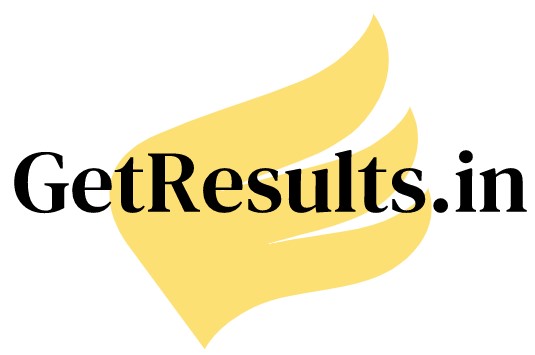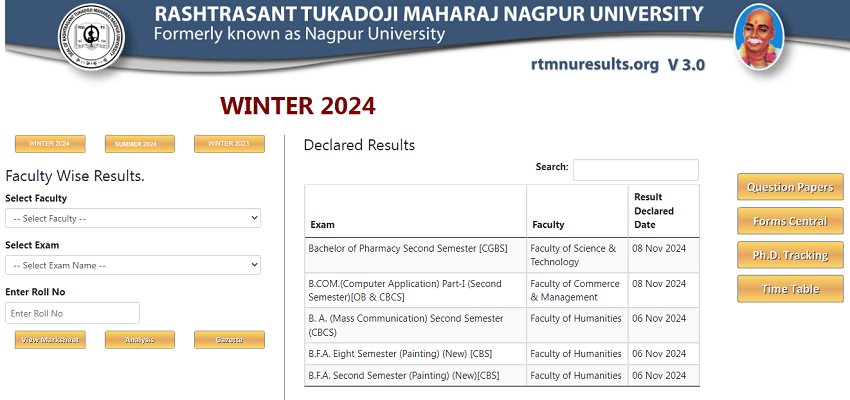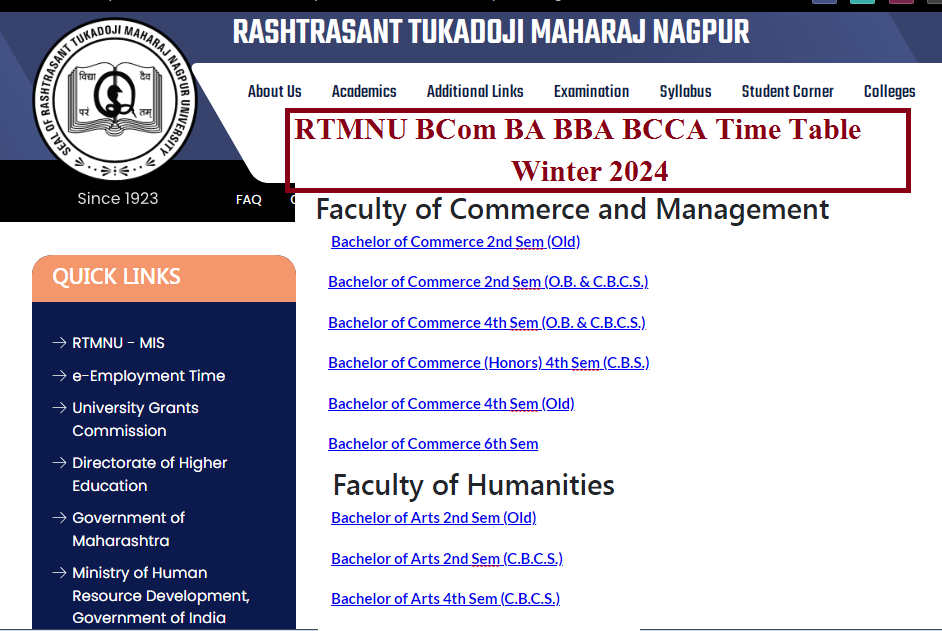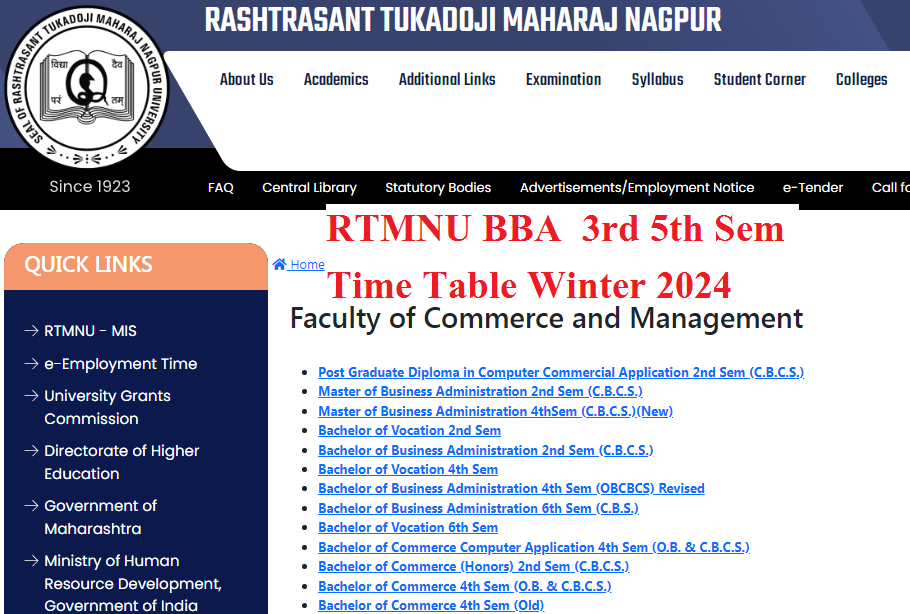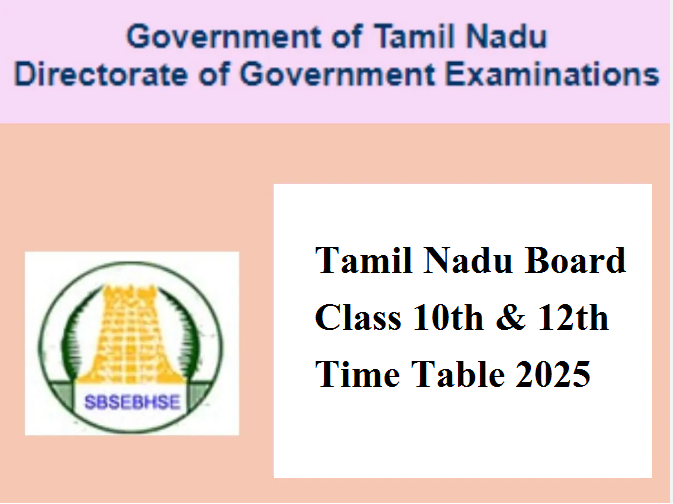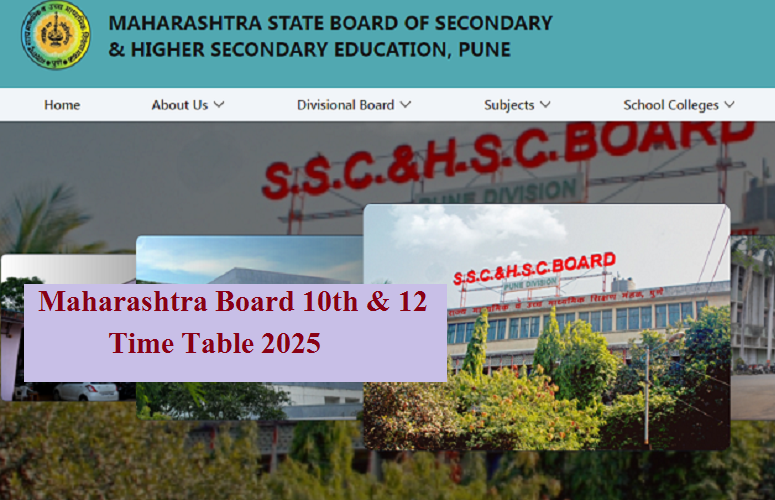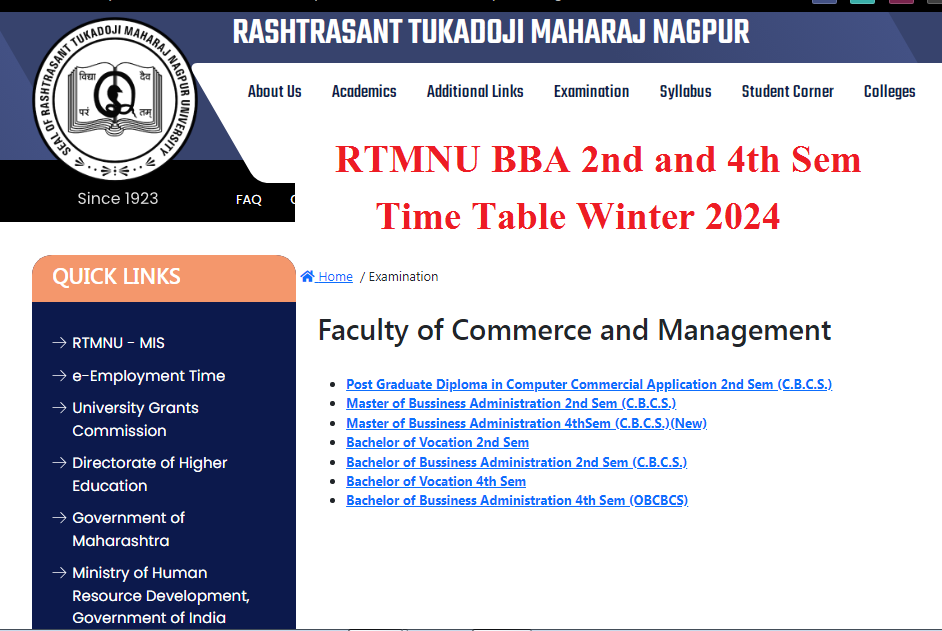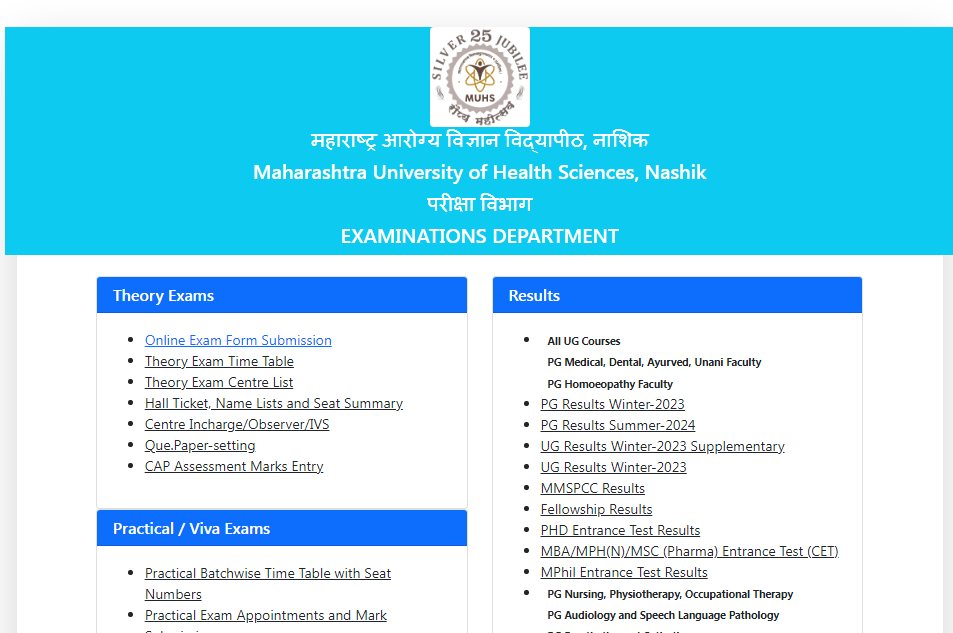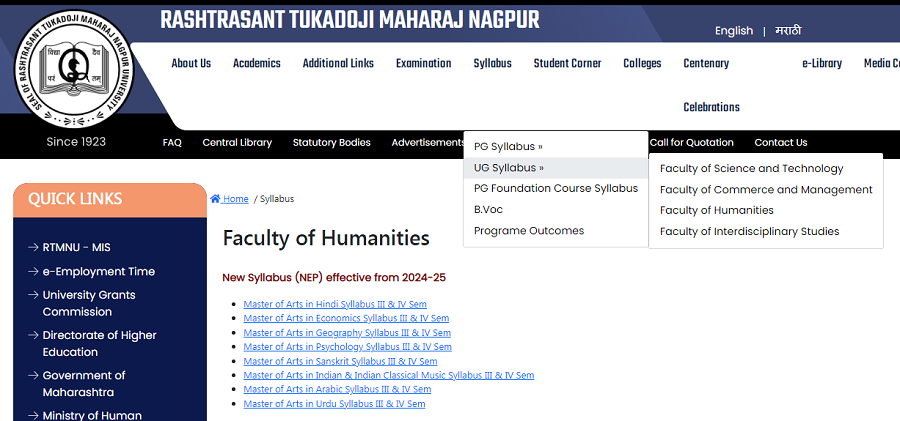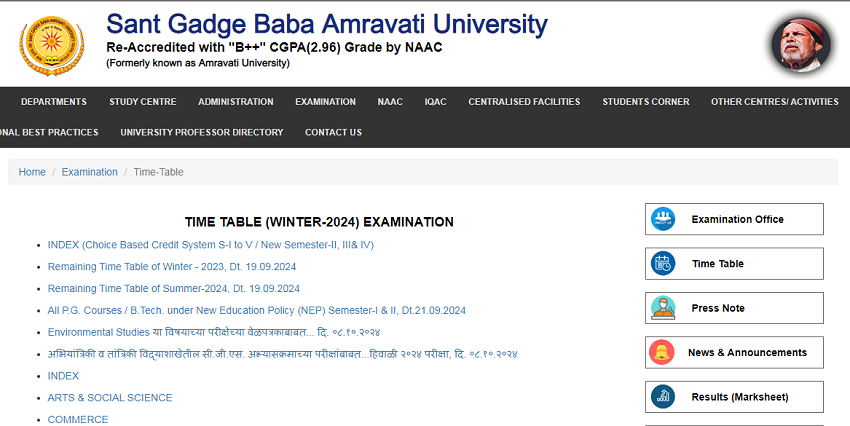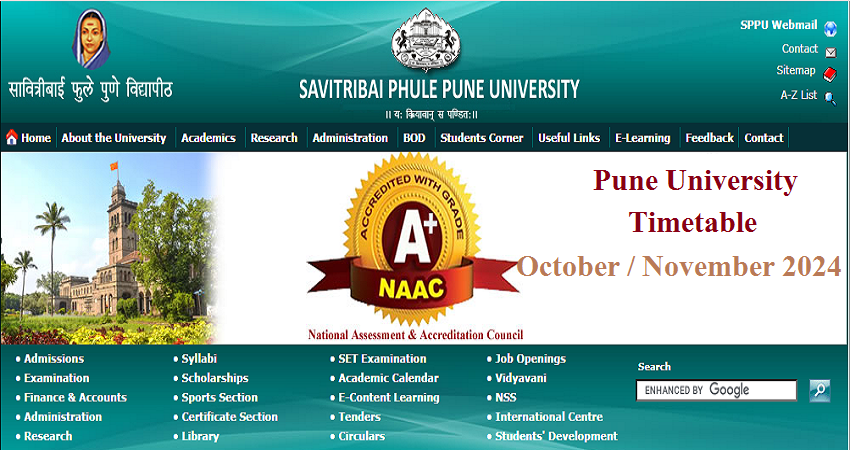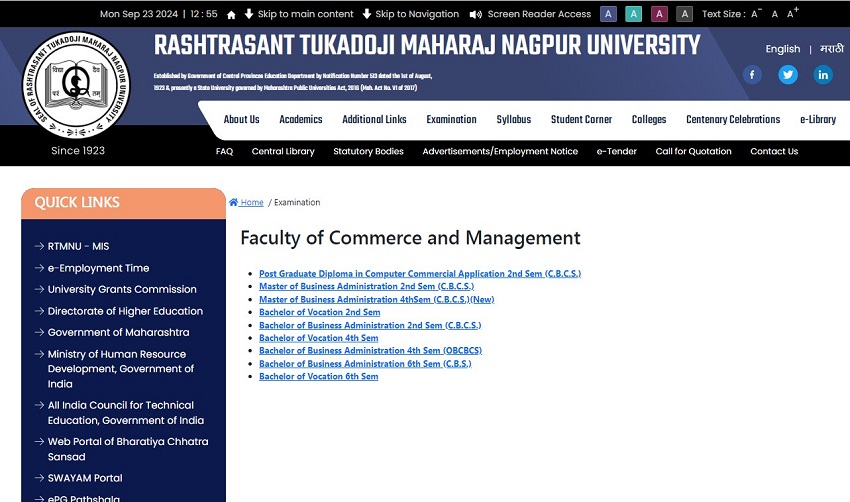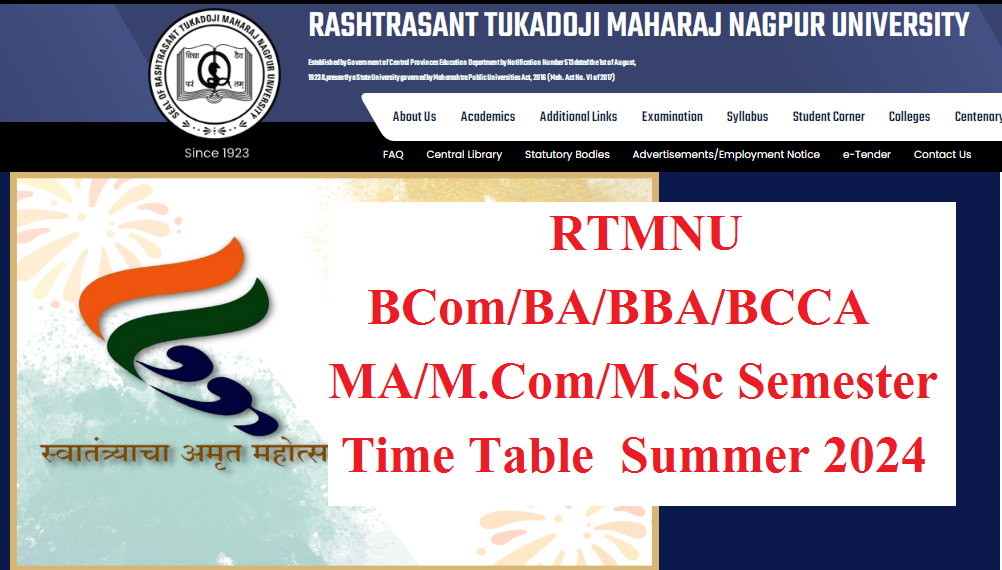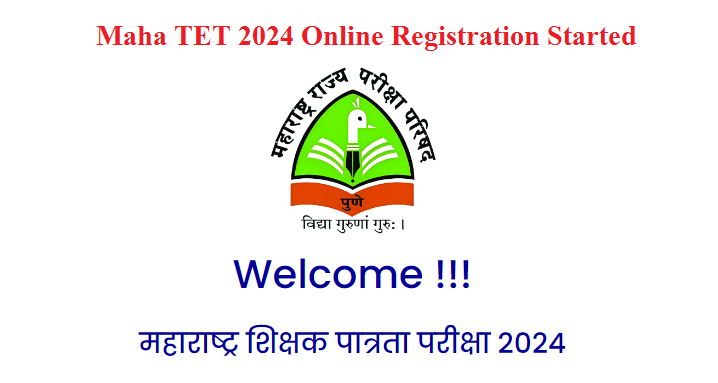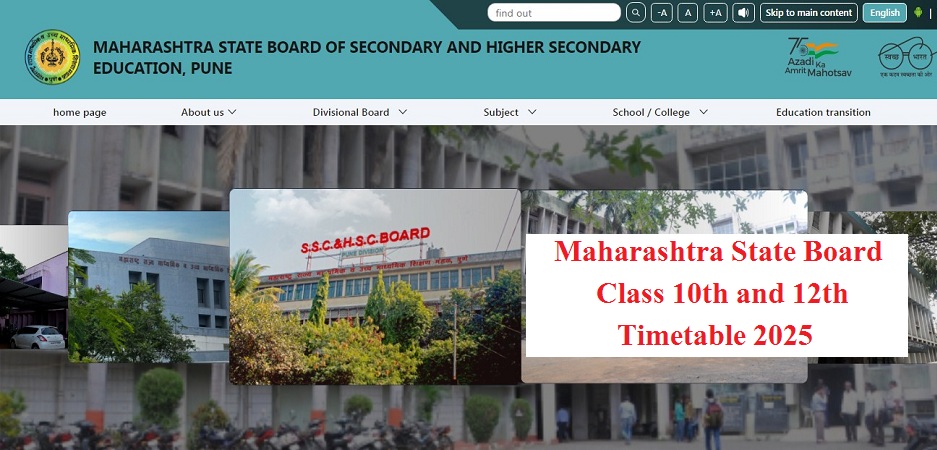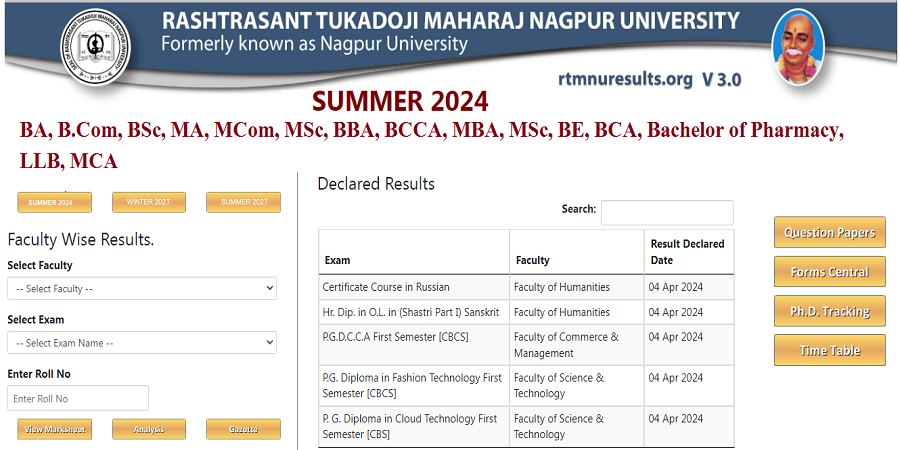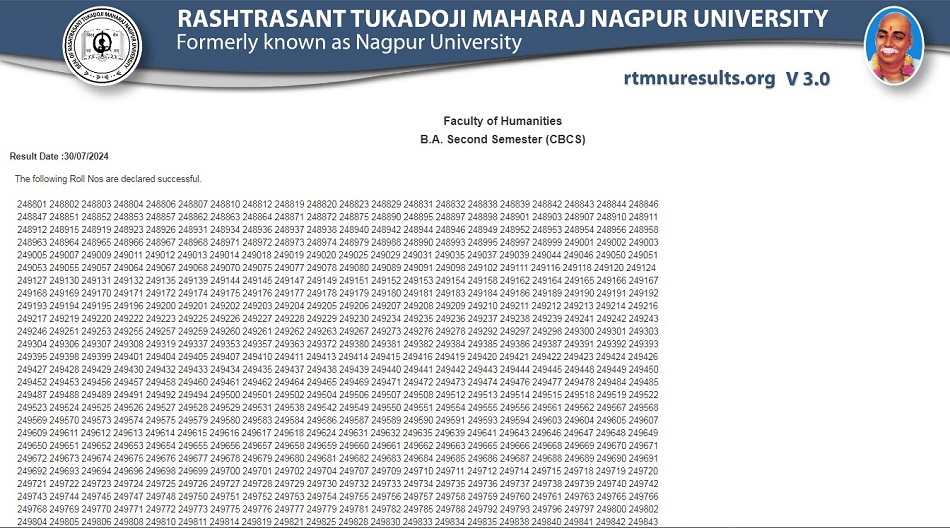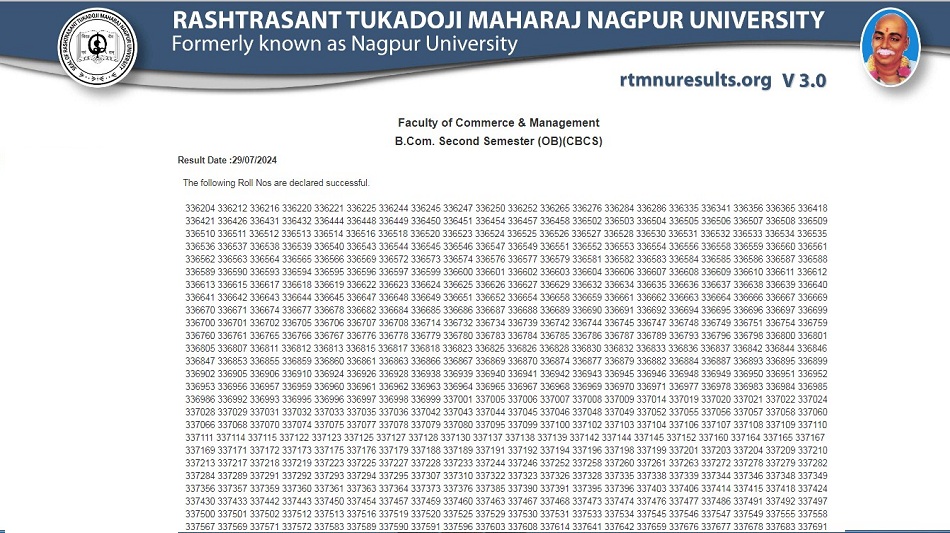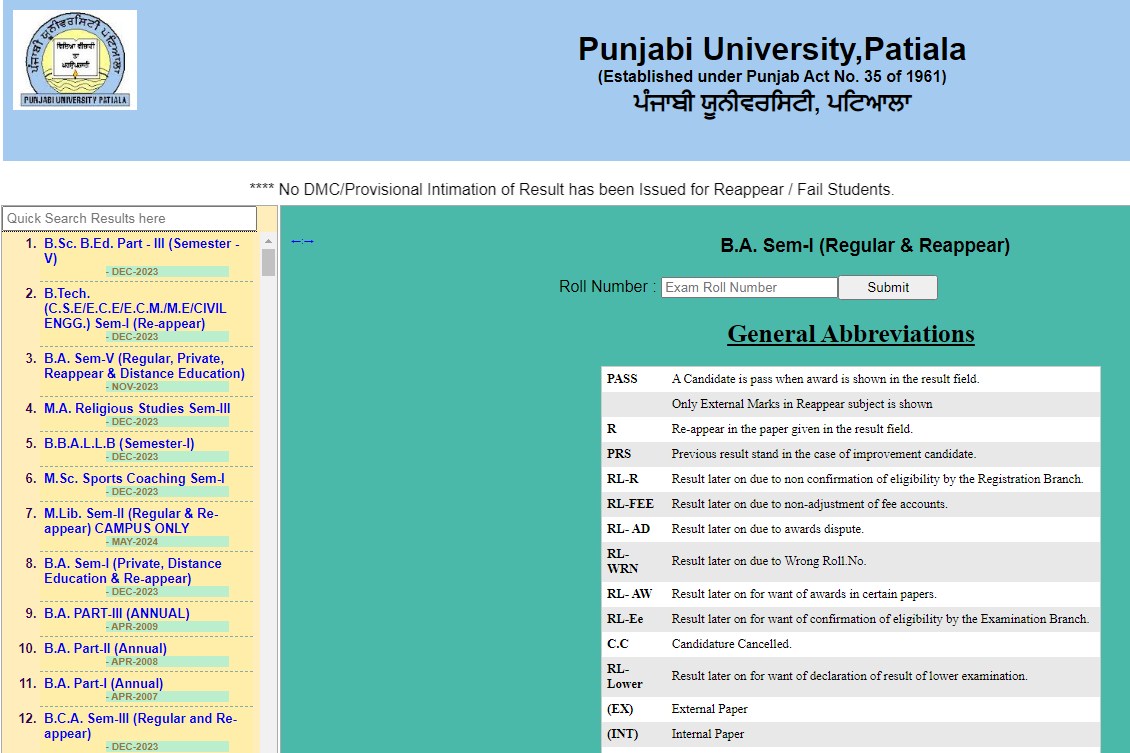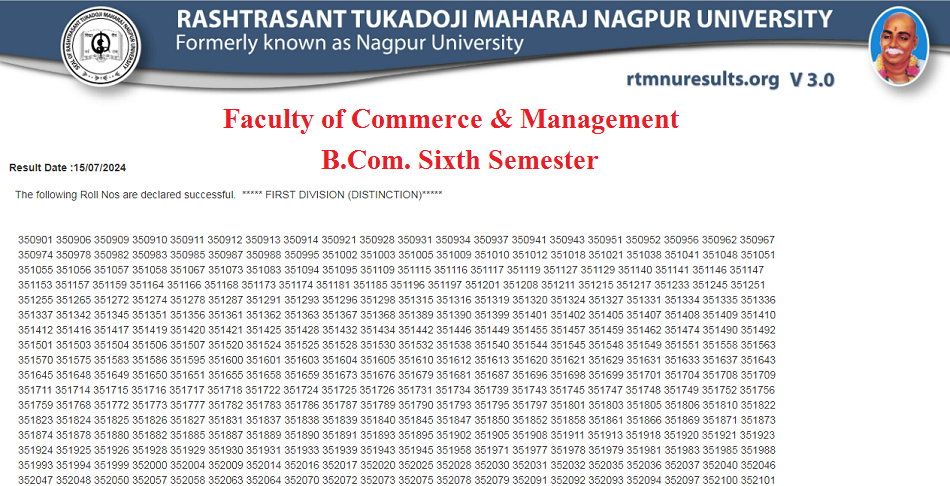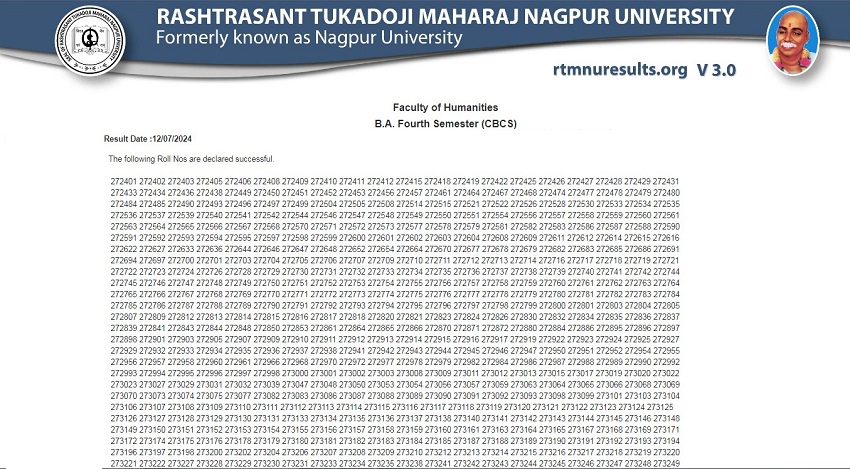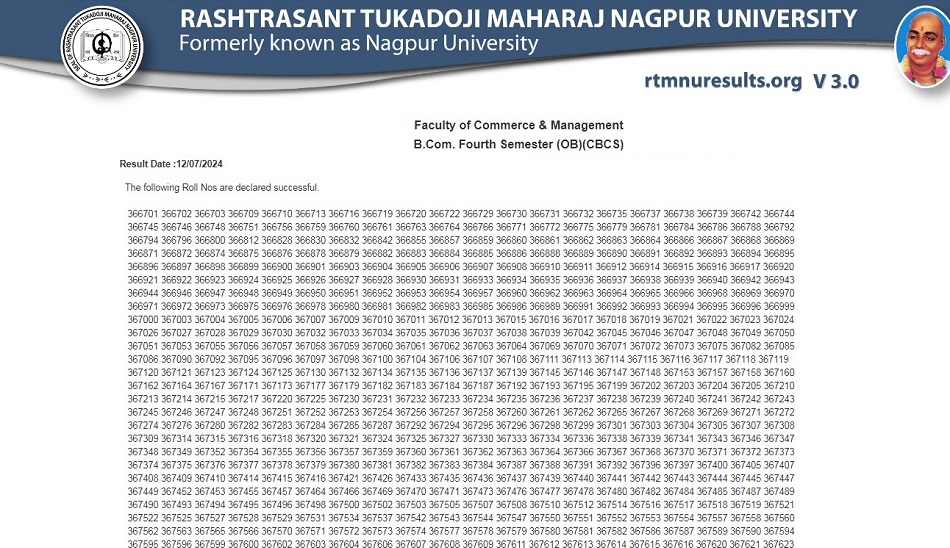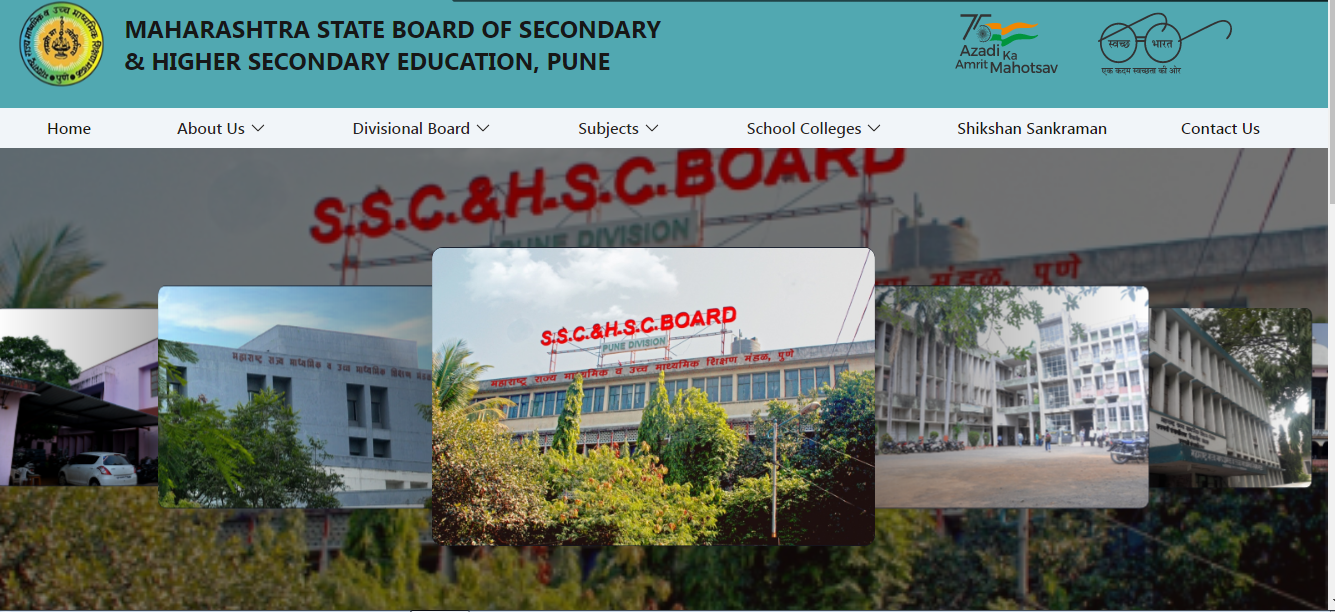RTMNU Revised B.Tech Sem 1 Syllabus 2021
RTMNU Revised B.Tech Sem 1 Syllabus 2021
RTMNU Revised B.Tech Sem 1 Syllabus 2021|Nagpur University B.Tech Syllabus Part 1| RTMNU First Year B.Tech Syllabus
Nagpur University New Syllabus 2021 is available for Downloading. The latest RTMNU Revised B.Tech Sem 1 Syllabus 2021 is published by Nagpur University. The students looking for this syllabus can Download the PDF Syllabus from given respective Links. We keep adding More details about this Syllabus on this page. We given below the Details updated new syllabus. Students of RTMNU are requested to go though the detail syllabus. You can also download the PDF of syllabus from given link. For More updates keep visiting us.
RTM Nagpur University Revised B.Tech Chemical Engineering Sem 1 Syllabus 2021 -RTM Nagpur University B.Tech Chemical Engineering First Semester New Revised Syllabus is given below for Downloading. The students can Download the respective Syllabus from following given details. Just go through the given links & read the given syllabus carefully. Nagpur University First Year New Semester Online Detail syllabus given below.
RTMNU Revised B.Tech Sem 1 Syllabus 2021
Science and Technology
R.T.M. Nagpur University Nagpur
Syllabus for B.Tech. Chemical Engineering
First Semester
Maths –I
UNIT -I : Linear Algebra-I
Matrices, Vectors,Vector Space, Rank of a Matrix, Linear Independence, Inverse of a Matrix, Linear Systems of Equations: Existence, Uniqueness, Solutions of Linear Systems: Gauss Elimination, Cramer’s Rule, Gauss-Jordan Elimination.
UNIT -II : Linear Algebra-II
Linear Algebra: Eigenvalues, Eigen vectors of Matrix, Symmetric, Skew-Symmetric, and Orthogonal Matrices, Cayley Hamilton Theorem, Sylvester Theorem, Diagonalisation.
UNIT -III: Integral Calculus
Beta, Gamma functions, Double integration : Cartesian and polar co-ordinates, Change of order of integration, Change of variables between Cartesian and polar co-ordinates, Area as a double integral, Triple integration, Volume as a triple integral.
UNIT -IV: Vector Calculus
Vectors in 2-Space and 3-Space, Inner Product (Dot Product), Vector Product (Cross Product) Vector and Scalar Functions and Fields, Derivatives Curves. Arc Length. Curvature, Gradient of a Scalar Field, Directional Derivative, Divergence of a Vector Field, Curl of a Vector Field. Integral Calculus. Integral Theorems, Line Integrals, Path Independence of Line Integrals, Green’s Theorem in the Plane, Surfaces for Surface Integrals
Reference Books:
1. Higher Engineering Mathematics by H. K. Das, Er. Rajnish Verma
2. A text book of Engineering Mathematics by N. P. Bali, Manish Goyal
3. A text book of Engineering Mathematics (Vol- I & II ) by Dr. D. T. Deshmukh
4. Higher Engineering Mathematics by B. S. Grewal
RTMNU Revised B.Tech Sem 1 Syllabus 2021
Physics
Unit 1: Quantum Mechanics:
Planck’s Hypothesis, Properties of Photons, Compton Effect, Wave
– particle duality, De-Broglie Hypothesis, Matter Waves, Davisson-Germer Experiment; Bohr’s
Quantization condition.
Wave Packet & Wave Equations. Heisenberg’s uncertainty principle, Wave function and its
probability interpretation, Schrödinger’s Time dependent & time independent equations, (No
derivations). Solution of Schrödinger’s equation for one dimensional infinite potential well.
Unit 2: Basic Semiconductor:
Qualitative idea on the formation of electron energy bands in
solids, Band-theory based classification of solids into insulators, semiconductors and conductors,
Intrinsic semiconductors: Germanium and silicon, Doping and Extrinsic semiconductors.
PN- junction diode; Unbiased, Forward biased & Reverse biased mode, Zener diode: Forward and
reverse bias characteristics, Avalanche breakdown, Applications: Half wave rectifier & Full wave
rectifier, Transistors: PNP and NPN. Configuration: – CB, CE, Bipolar Transistor action, V-I
characteristics of i) Photodiode, ii) LED.
Unit 3: Lasers:
Three quantum processes: Absorption, Spontaneous emission and Stimulated
emission. Metastable state, Conditions for light amplification, Pumping schemes: Three level
pumping scheme, Four level pumping scheme. Optical resonator, Laser beam characteristics,
Ruby laser and He-Ne laser. Numericals.
Unit 4:Optical fibres:
Structure, Propagation of light through a cladded fibre, Acceptance angle,
acceptance cone, Fractional refractive index change, Numerical aperture, Modes of propagation;
Types of Optical fibres: Single mode step index fibre, Multimode step index fibre, Graded Index
fibre, V-number. Transmission Losses, Applications: Sensor, Numericals.
Books recommended:
Text Books:
Fundamentals of Physics: David Halliday, Robert Resnick and Jerle Walker, John-Wiley India(8e,
extended)
A text book of Engineering Physics: M. N. Avadhanulu and Kshirsagar S. Chand & Co.
Electronic Engineering Materials and Devices: John Allision, (TMH edition, 10th reprint)
Concepts of Modern Physics: Baiser (Tata McGraw Hill).
Laser: M. N. Avadhanulu, S. Chand & Co.
Reference Books:
University Physics:Young and Freedman(Pearson Education)
Solid State Physics: C. Kittel
Solid State Physics: R.L. Singhal
Quantum Mechanics: Schiff
LASERS: Theory and Applications: Thyagarajan K and Ghatak A.K.
RTMNU Revised B.Tech Sem 1 Syllabus 2021
Chemistry-I
Unit I Co-ordination Chemistry and Chemical bonding:
Introduction to co-ordination chemistry, explanation of terms like complex, ligands, co-ordination number, co-ordination sphere. Classification of ligands, chelates & its classification. Werner’s coordination theory & its
application to Co (III) and Pt (IV) ammine complexes. Valence Bond Theory and its application to 6-coordinated complexes, Crystal Field theory and Crystal field splitting in Octahedral and tetrahedral complexes, MO theory, Structure, bonding and energy levels of bonding and shapes of many atom molecules like H2, N2, and CO.
Unit II Water:
Sources, types of impurities and their effects, hardness of water & its estimation, Numerical on EDTA method, treatment of water for domestic & industrial purposes, sedimentation, coagulation, filtration, types of filters, Sterilization- chlorination, break point chlorination, Ozonization. Removal of hardness of water: Lime- soda process, Numerical on lime- soda process, Zeolite process, its advantages and disadvantages, comparison with L-S Process,
Numerical based on zeolite process, Ion- exchange process, demineralization process. Boiler troubles: -Carry over- priming & foaming-causes & prevention, sludge & scales, causes of scale formation and prevention methods, Corrosion & caustic embrittlement causes & prevention.
Unit III Cement:
Raw materials, constitutional compounds& its properties, Process parameters, Manufacture of Portland cement by wet and dry process, setting and hardening of cement, Cement additives & admixtures. Refractories: Definition, requisites of good refractory material, properties of refractory, raw materials, manufacture of refractory products, application in industries.
Unit IV Chromatography:
Introduction, Classification, General and fundamental concepts of TLC, Column, HPLC, GC, Ion Exchange and their applications.
Books Recommended:
1. A Text Book of Engineering Chemistry, by S.S.Dara, S.Chand & Co., New Delhi.
2. A Text Book of Engineering Chemistry, by Jain & Jain, Dhanpat Rai Publishing Co., New Delhi.
3. Industrial Chemistry by B.K.Sharma Goel Pub. House, Meerut.
4. Advanced Inorganic Chemistry, Vol.II, by Satya Prakash, G.D.Tuli, S.K.Basu & R.D.Madan.
5. Text of Engineering Chemistry by Dr. Sunita Rattan, S. K. Kataria and Sons, New Delhi.
6. Analytical Chromatography by Dr. G. R. Chatwal, Himalaya Publication House.
7. Instrumental Methods Of Chemical Analysis By G. R. Chatwal, S. K. Anand, Himalaya Publication House.
RTMNU Revised B.Tech Sem 1 Syllabus 2021
Fundamentals of Reaction Mechanism:
Unit 1: Reactivity of organic molecules:
factors influencing acidity, basicity and nucleophilicity of molecules with few examples. Introduction to Stereochemistry: Stereo-descriptors – R, S, E, Z. Enantiomers and Diastereomers.
Unit 2: Strategies for synthesis of organic compounds:
Reactive intermediates, Mechanism of Addition, substitution, elimination, condensation, role of solvents. Technical preparation of bioethanol using molasses, enzymatic catalysis, commercial significance
Unit 3: Mechanism and recent advancement (Green chemistry and catalysis etc.):
Basic principles of green chemistry, industrial significance, green catalysts. Technical preparation supported green route, Preparation of adipic acid, Acetanalide with mechanism, photohalogenation of benzene etc
Unit 4: Nitration:
Vant Hoffs factor for suitability of agents, Catalytic effect of sulfuric acid in industrial nitration, Mechanism of aromatic nitration process using Inductive and Mesomeric effect, examples, Equipments for nitration and safety aspects. Technical preparation of nitroglycerine
Books Recommended:
1. Engineering Chemistry – By Baskar, Wiley
2. Engineering Chemistry –I By D. GrourKrishana, Vikas Publishing
3. Green Chemistry: Theory and Practice by Paul T. Anastas, J.C. Warner; Oxford University Press
4. Unit Processes in Organic Synthesis- by P. H. Groggins
5. Reaction and Reagents- By O.P. Agarawal
6. Monograph on green chemistry, Green chemistry Task Force Committee, DST
RTMNU Revised B.Tech Sem 1 Syllabus 2021
Engineering and Solid Mechanics
Unit I: Force:
Definition, Characteristics of a force, System of forces, Resolution and composition of forces. Resultant force: Definition, Analytical and graphical methods for resultant force in two dimensions, Moments and Couples, Varignon’s theorem of moments. Equilibrium of rigid bodies: Principles of equilibrium, types of equilibrium, conditions of equilibrium, free body diagrams, Analytical and graphical methods for equilibrium of rigid bodies in two dimensions.
Unit II: Support reactions:
Types of supports and loading in beams, determination of support reactions in cantilever, simply supported and overhang beams. Trusses and Frames: Types of frames, Analysis of simple plane trusses in equilibrium by the method of joints and method of sections. Friction: Frictional forces, types, limiting friction, coefficient of friction, angle of friction, laws of friction, Equilibrium of bodies lying on rough horizontal and inclined planes, wedge
friction.
Unit III: Centroid and Moment of Inertia:
Centroid of plane standard geometric figures and composite figures, Moment of inertia (second moment of area) of plane standard geometric figures and composite figures, parallel and perpendicular axis theorems, Radius of gyration. Simple lifting machines: Types of machines, efficiency of a machine, ideal machine, friction in machines, law of machine, Maximum M.A. and Maximum efficiency of a machine, reversible and non reversible machines, Differential wheel & axle, single and double purchase winch crabs.
Unit IV: Simple stresses and strains :
Types of stresses and strains, modulus of elasticity, modulus of rigidity, bulk modulus, relation between elastic constants, stress-strain diagram for mild steel, lateral strain, Poisson’s ratio, volumetric strain, triaxial loading in rectangular sections, stresses in bars of varying and composite sections, Temperature stresses and strains.
Unit V: Stresses in beams:
Theory of simple bending, simple bending equation, bending stress, moment of resistance, assumptions in theory of simple bending, section modulus. Shear force and bending moment: Basic concepts, Shear force and bending moment diagrams for cantilever, simply supported and overhang beams for different loading conditions. Slope and defection of beams: Basic concepts, slope and deflection of cantilever and simply supported beams under standard loading conditions, Macaulay’s method, simple problems.
Unit VI: Torsion:
Theory of pure torsion, torsional moment of resistance, torsion equation, assumptions in the theory of pure torsion, polar modulus, power transmitted by solid and hollow circular shafts. Columns and struts: Axially loaded compression members, Euler’s and Rankine’s formula for buckling of columns, end conditions of column, buckling load, effective length of columns, slenderness ratio.
Suggested Text Books:
1. R. S. Khurmi, A Textbook of Engineering Mechanics, S. Chand & Co., New Delhi.
2. S. N. Saluja, A Textbook of Engineering Applied Mechanics, Satya Prakashan.
3. R. S. Khurmi and N. Khurmi, Strength of Materials, S. Chand & Co., New Delhi.
4. B. C. Punmia, Mechanics of Materials, Laxmi Publications (P) Ltd.
Suggested Reference Books:
1. F. L. Singer, Engineering Mechanics, Harper & Row Publishers.
2. S. Timoshenko and D. H. Young, Engineering Mechanics, McGraw Hill Publications.
3. Andrew Pytel and F. L. Singer, Strength of Materials, Harper & Row Publishers.
RTMNU Revised B.Tech Sem 1 Syllabus 2021
HASS I Communication Skills
Unit I: Communication Skills:
Introduction to Communication, Types of Communication, Barriers to communication and overcoming them (03)
Unit II Listening and Reading Skills:
Importance of Listening, Types of listening, Listening barriers and overcoming them, Importance of reading, Sources of Reading, Skimming, Scanning and Gist Reading, Comprehending Passage, Use of Figurative Language
Unit III: Speaking Skills:
Effective Speaking Skills, Components of Public Speaking, Effective Presentation Strategies, Vocabulary Acquisition
Unit IV: Group Discussion and Interview Techniques:
Importance of Group Discussion, Techniques of Group Discussion, Types of Interviews, Interview Process, Interview Techniques
Books Recommended:
1. Technical Communication by Meenakshi Raman and Sangeeta Sharma, OUP
2. Public Speaking and Influencing Men in Business by Dale Carnegie
3. Professional Communication Skills by Bhatia and Sheikh
4. Communication Skills by Dr. P. Prasad
5. Communication Skills by Sanjeev Kumar and Pushpalata, OUP
RTMNU Revised B.Tech Sem 1 Syllabus 2021
Physics Laboratory
LIST OF EXPERIMENTS
1. To study the characteristics of a PN-junction diode in forward and reverse bias & determine its cut in voltage, static & dynamic resistance.
2. To study the characteristics of a Zener diode in forward and reverse bias & determine its breakdown voltage.
3. To determine the Energy gap Eg of semiconductor using PN junction diode in reverse bias mode.
4. To study the V-I characteristics of a Light Emitting Diode
5. To study the V-I characteristics of a Photo Diode
6. To study PN junction diode as Half wave and Full wave rectifier and calculate ripple factor and efficiency in each case
7. To study the input and output characteristics of a transistor in Common base mode & calculate input resistance and current gain α.
8. To study the input and output characteristics of a transistor in Common emitter mode & calculate input resistance and current gain β.
9. Study of Optical Fibre kit.
10.Demonstrations of Lasers.
Chemistry-I Laboratory
LIST OF EXPERIMENTS
1. Estimation of Total Hardness by Complexometric Method in a given Sample of water.
2. Estimation of Calcium and Magnesium hardness in a given sample of water.
3. Estimation of Nickel by Complexometric Method in a given Sample of water.
4. Estimation of total alkalinity in the given water sample.
5. Estimation of percentage of Copper in the given solution of copper sulphate by Iodometry Method.
6. Estimation of Strength of Potassium Dichromate using Sodium Thiosulphate by Iodometry Method .
7. Determination of strength of Ferrous Ammonium Sulphate using Potassium Dichromate and SDS as an internal indicator.
8. Estimation of strength of NaOH using oxalic acid.
9. Estimation of strength of HCl using Borax.
10. To determine the number of components in a mixture using TLC
Fundamentals of Reaction Mechanism Laboratory
LIST OF EXPERIMENTS
1. Identification of unknown organic compounds using preliminary investigations such as Phase, Color, odour, solubility in various solvents.
2. Identification of unknown organic compounds on the basis of aromatic and aliphatic as well as saturated and unsaturated nature.
3. To detect the elements (N, S and Cl) present in given unknown organic compounds using sodium extract.
4. Identification of unknown organic compound using Functional group detection and confirmatory tests (Phenols and Napthols)
5. Identification of unknown organic compound using Functional group detection and confirmatory tests (Carbohydrates; aldehydes and ketones)
6. Identification of unknown organic compound using Functional group detection and confirmatory tests (mono carboxylic acids)
7. Identification of unknown organic compound using Functional group detection and confirmatory tests (di- carboxylic acids)
8. Identification of unknown organic compound using Functional group detection and confirmatory tests (Amides)
9. Identification of unknown organic compound using Functional group detection and confirmatory tests (Nitro)
10. Detection of Melting points of few organic compounds using melting point apparatus.
List of Books
1. A Laboratory hand bbok of Organic Qualitative analysis and separations By V. S. Kulkarni and S.P. Pathak
2. Vogels textbook of Practical Organic Chemistry
Engineering and Solid Mechanics Laboratory
List of Practicals:
Suitable number of experiments from the below list will be performed.
1. Study of forces in the members of Jib crane.
2. Reactions of a beam.
3. Law of Moments.
4. Verification of Polygon law of forces.
5. Inclined friction plane.
6. Forces in single roof truss element.
7. Graphical method of analysis of forces.
8. Differential wheel & axle.
9. Single purchase winch crab.
10.Double purchase winch crab.
11.Study of Universal testing machine.
12.Deflection in beams.
Communication Skills
1. Barriers to Communication
2. Non-Verbal Communication
3. Listening Skills
4. Reading Skills
5. Use of Figurative Language
6. Speaking Skills
7. Presentation Skills
8. Development of Word Power
9. Group Discussion
10. Interview Techniques
